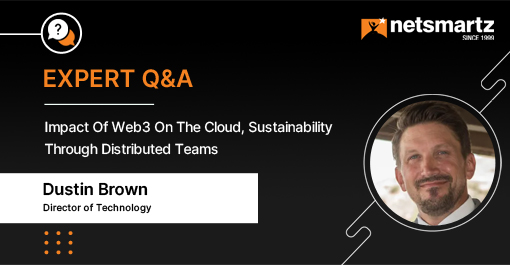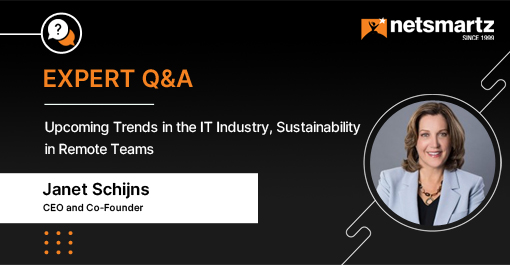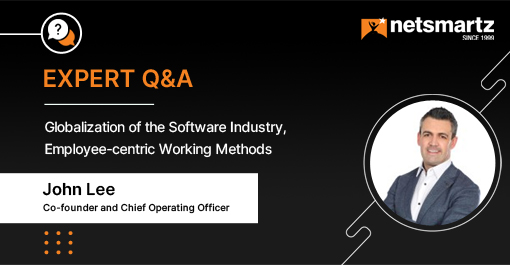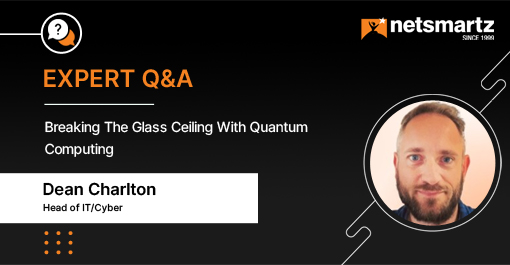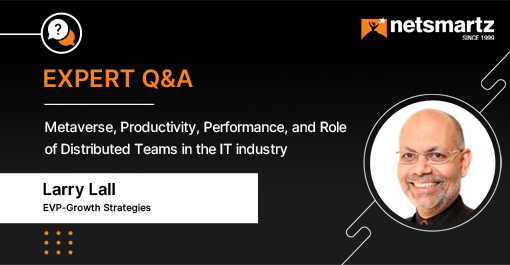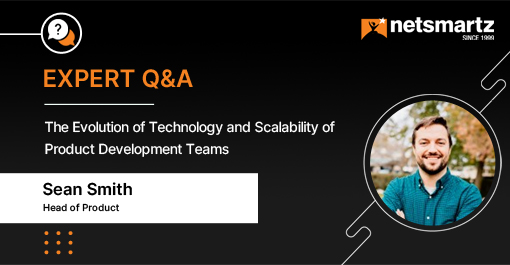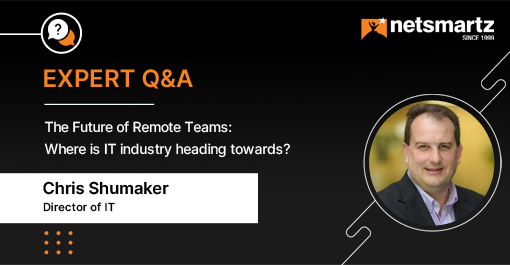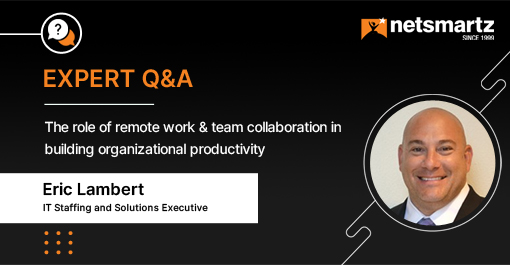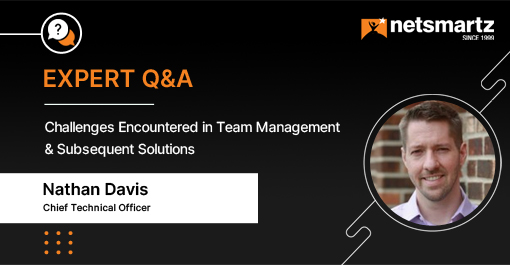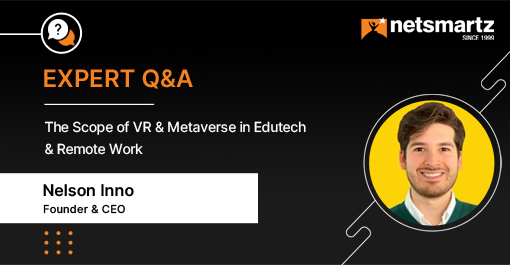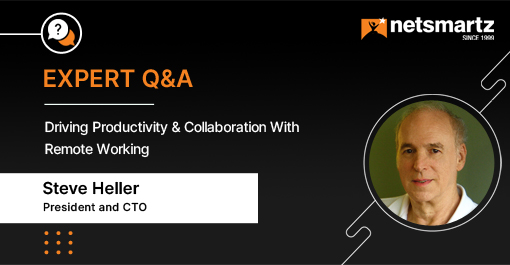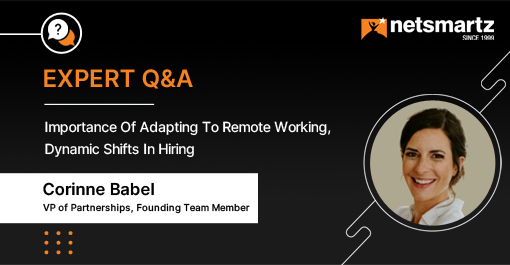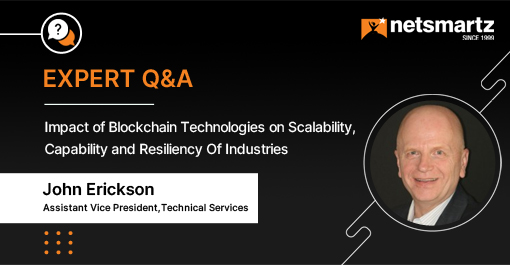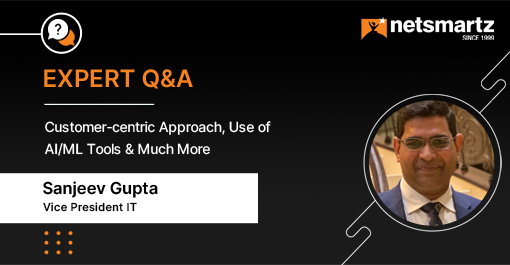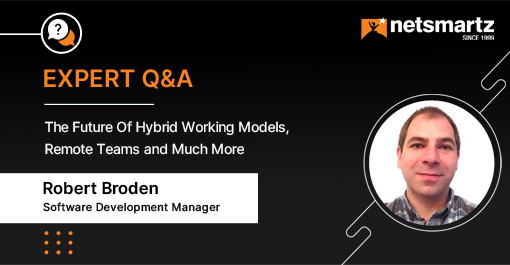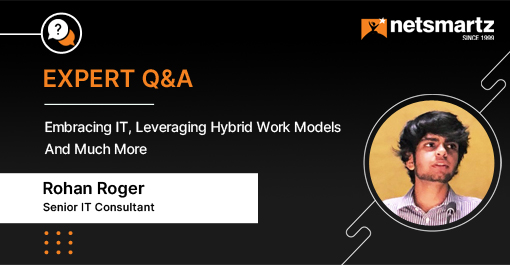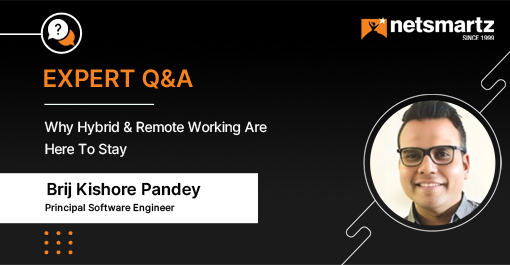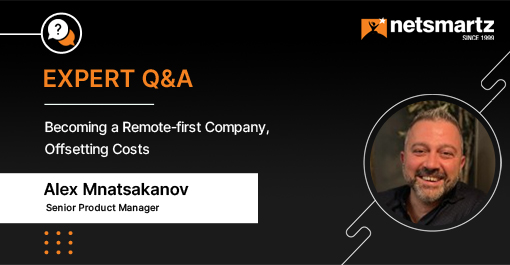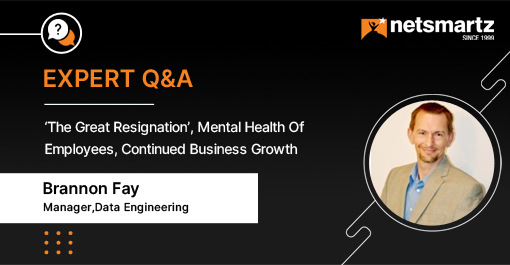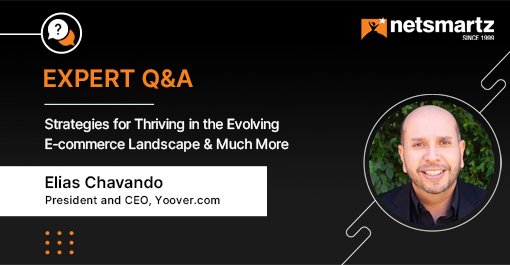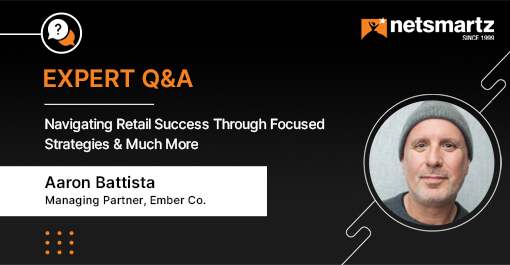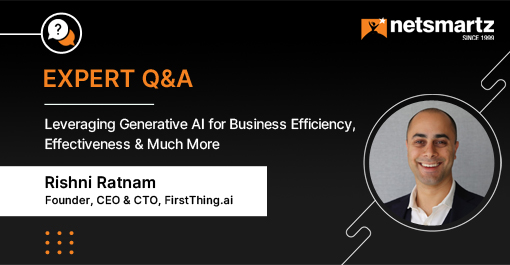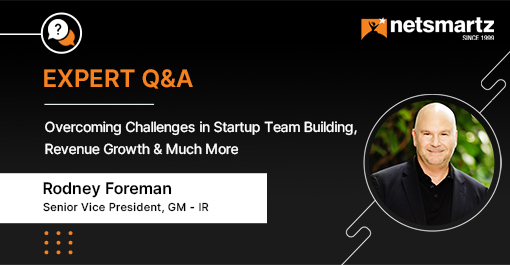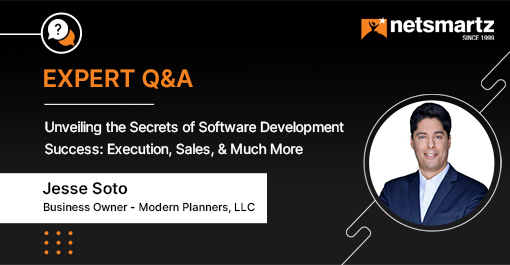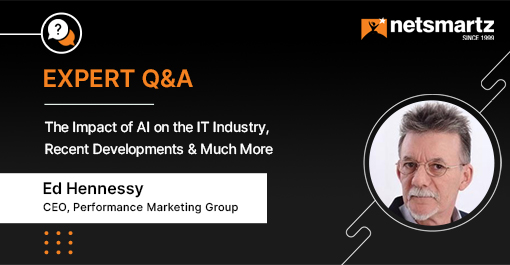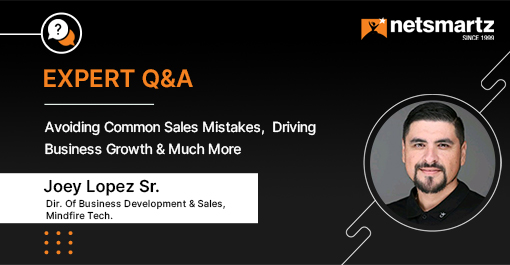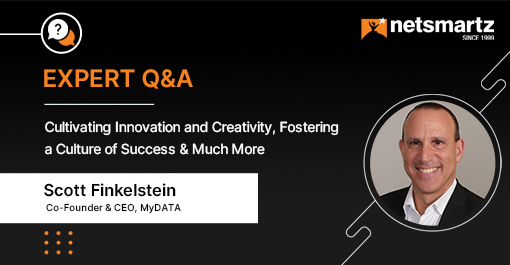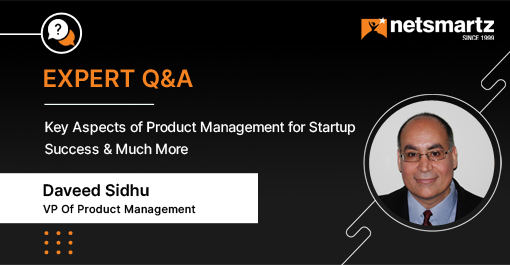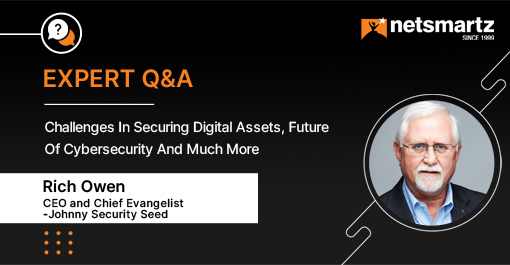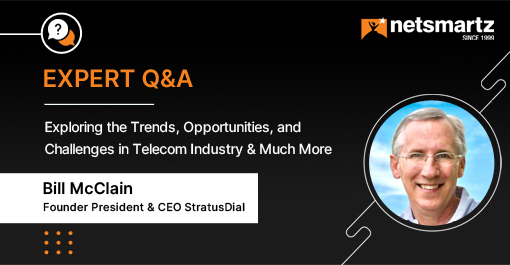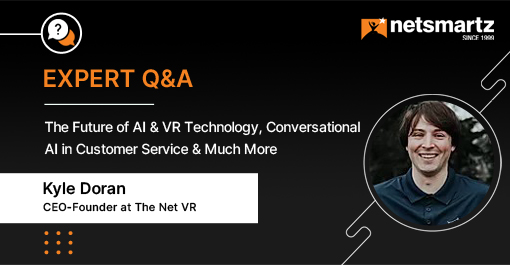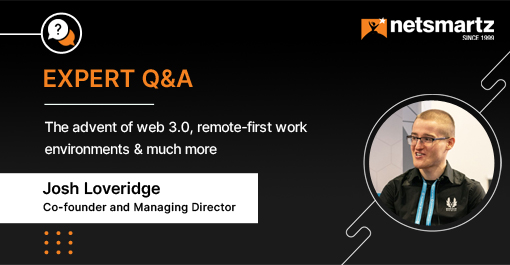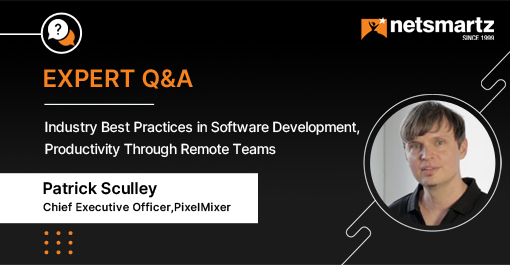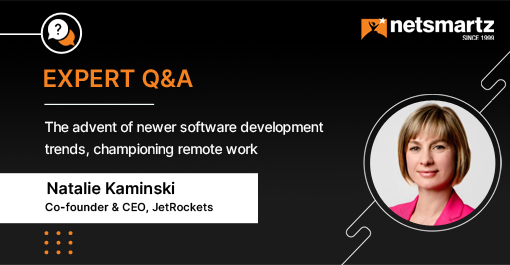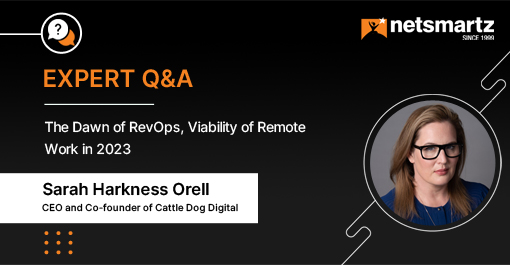Challenges Encountered in Team Management & Subsequent Solutions
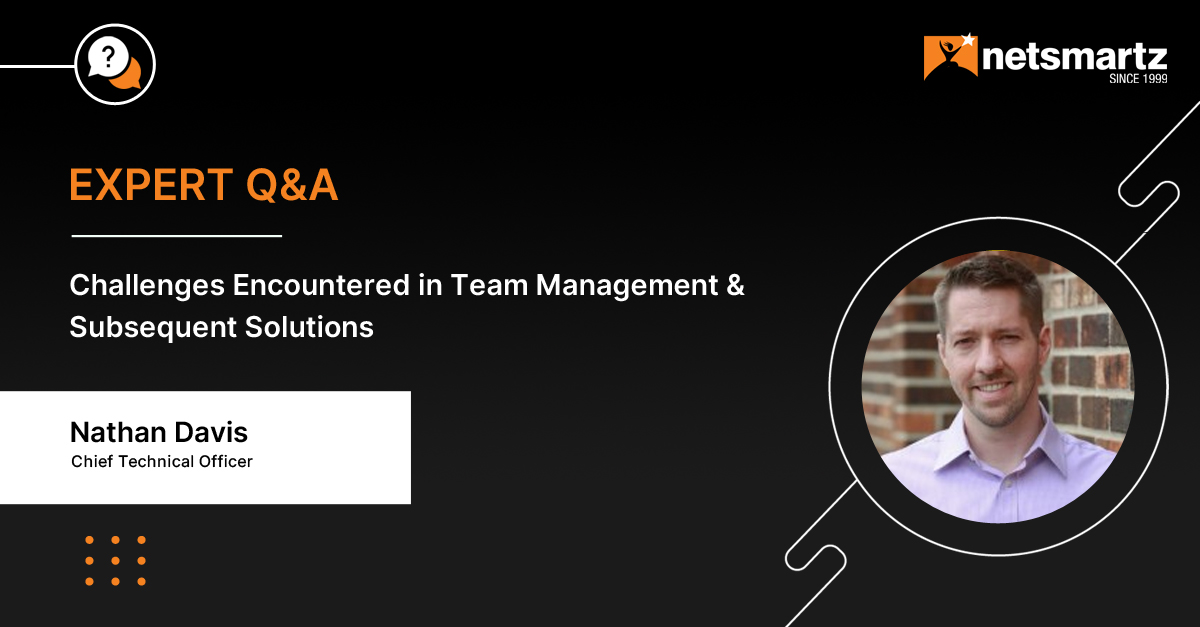
Leaders are always faced with the dilemma of building an efficient team & managing it to get the utmost productivity. But this is not all plain sailing and requires a great amount of effort. Growing with trends, and effectively managing the challenges encountered during team management and help you take your business to new heights.
To understand the key challenges leaders face in Team management, and how they tackle the same, we did an expert Q & A series with Nathan Davis. Let’s read what his views are!
Want to contribute to our expert insights?
Contact Us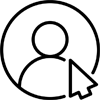 About Nathan Davis
About Nathan Davis
Nathan Davis is the CTO of Reach Media Network & a digital transformation enthusiast who is working dedicatedly to deliver leading software solutions. As the marketing leader, Nathan guides the technical future at Reach media network through his extensive experience of more than 15 years.
Let’s quickly get to our expert’s point of view:
1. What trends do you see coming up in the software industry? And what are you most bullish about?
Cloud and Serverless Technologies I am most bullish on Cloud adoption, especially in the serverless vertical. Operating an enterprise-grade data center with scalability and reliability characteristics paralleling those of the major cloud vendors requires tremendous scale. Most businesses simply cannot justify this kind of expenditure. By adopting serverless technologies (e.g. function-as-a-service, cloud-native service offerings, cloud managed services, etc.), companies can reduce operational requirements and focus on the products that actually drive profit. Technology Mesh Back in the 80s and even 90’s it took imagination to understand the benefits and possibilities of interconnected networks of computers. Today, it takes imagination to think of a world without this same interconnection. The software will take a similar tack. Ten years ago, holistic business intelligence and data science organizations were reserved for only the largest organizations. Today and in the future, tools like Zapier, Workato, and Power Automate will enable small and medium-size businesses to build a Technology Mesh at an attainable price point. Cybersecurity Software is at the root of every cybersecurity concern. Most cybersecurity remedies focus on putting protective layers over the problem rather than addressing the problem at its source. As cyber-insurance rates increase, and companies demand greater assurances and cybersecurity maturity from vendors, software firms will be forced to build demonstrably more secure software solutions. Open-Source Monetization I have been watching the open-source scene for as long as it has been around. Utilizing open-source solutions in the stack is alluring to every CTO who is faced with the challenge of delivering more with a limited budget. But many open-source technologies are abandoned or suffer from a lack of coherent leadership and vision. I believe more open-source solutions will adopt a freemium monetization strategy like MongoDB or Material UI. While no organization wants to pay for what used to (or could be) free, it is my strong belief that a solid monetization strategy will ultimately benefit both the open-source provider as well as its user base. The next question is 2 fold.2. You have a significant experience in digital transformation. As with the software market right now, What change do you see sticking? From AI to the future of work. What do you think will be most impactful?
When I started my role with the Advanced Research and Diagnostics Laboratory (ARDL) at the University of Minnesota, I was immediately struck by the multitude of manual processes in place that could benefit from automation. From day 1, I brought my expertise to bear and worked to implement technology-based solutions to improve workflows and business outcomes. ARDL’s management team was experienced, smart, and engaged, so why did this gap exist? Because ARDL is a medical research laboratory, not a software producer. What became obvious was that every organization is becoming a software organization. Effective organizations will understand this and figure out how to position themselves accordingly. Ever since my experience at ARDL I have maintained that every company would benefit from staffing a software developer (or even a team) regardless of if the company sells a software product. What will stick through the wave of digital transformation will be a “software-first” mindset. Companies will look to software to solve critical sticking points and enable growth and scaling. Another important facet of the Digital Transformation movement is the impact on the future of work. One would be remiss not to acknowledge the role the COVID-19 pandemic has taken in accelerating digital transformation across all industries. If tech/IT was a “hot field” before, it is a full-on conflagration now. This catapulting of tech has fundamentally changed the way people work now and, in the future, and has reformed the job landscape. The shift to remote and distributed working models along with the adoption of software solutions to facilitate this work model will result in a ripple effect across organizations and industries that will be felt for decades to come. Companies will have to adapt to the fact that the remote and distributed work model enables workers in a way that has never been seen in the history of humanity. Companies that can align with this change will flourish; those that cannot will struggle to acquire and retain talent.3. As a Chief Technology Officer at Reach Media Network, how do you see the digital media industry space evolving?
AI and Machine Learning The big players in online advertising have been using AI and Machine Learning (ML) for years to improve advertisement targeting accuracy. With the advancements in AI/ML along with increased accessibility of AI/ML technology to small and medium-sized businesses, we can expect to see an explosion in AI/ML-driven advertising. In particular, we should watch the Digital Out-of-Home (DOOH) vertical for advancements in customer tracking, emotion analysis, and targeting. Think of the advertisement panels scanning Tom Cruise’s eyes in the movie Minority Report and you will be in the vein of what is to come. Regulatory Pressure GDPR regulations enacted in Europe are a harbinger of what’s to come elsewhere. These regulations will undoubtedly affect the digital media industry. Companies would do well to develop and implement a regulatory strategy now rather than play the reactive game when legislation forces change. Metaverse and VR- Electricity
- Telephone
- Television
- Cordless telephone
- Touchscreen
- Internet
4. With your extensive experience in senior management, what is the biggest challenge you face as per team management? And how do you see remote work and distributed teams fitting in into fintech organizations?
By far the biggest challenge for many companies is the shift in employee sentiment toward the employee-employer relationship. Gone are the days when workers are motivated by a paycheck alone. Driven by an employee’s market as well as a generational shift in values, workers are much more willing to leave a job that they are moderately unhappy at. Employee attrition has a particularly pernicious effect on a business because it erodes organizational and tacit knowledge as well as team morale, not to mention the cost of talent acquisition. Employee departures can also prompt other team members to reconsider their position which can result in additional losses for the company. The solution is for leadership to adopt a human-centered, employee-first mindset. Sit down with your employees and truly listen to their likes, dislikes, struggles, and victories. The action that information. Quickly. Bidirectional communication, which is open, honest, and authentic is key to building a healthy team. The “unbundling of banking” is a topic upon which volumes have been written in recent years. Small, focused startups have been chipping away at the traditional bank monoliths. This disruptive force has brought many modern workforce strategies into a traditionally conservative industry. Even the big players in space have been forced to adapt to stymie the hemorrhage. Remote and distributed workforces face the same challenges in Fintech as they do in other industries, just at a different level due to regulatory and consumer trust pressures. But these challenges are not, in themselves, unique to Fintech. Additionally, pressure from one industry bleeds over to others. For example, in recent years, concern in Fintech over cybersecurity has put substantial pressure on digital media vendors to invest in cybersecurity technology. Ultimately, technology organizations will continue to adopt an “every network is like a coffee shop” mentality. This will lead to a proliferation of Zero Trust technology and a host-based defense posture. The utilization of Virtual Desktop Instances (VDI) will become a norm in many industries to address data governance and residency concerns. Workloads will be containerized and moved to a centralized infrastructure or the cloud. For example, in the software development arena, development containers will become the new standard for building and hosting developer environments.5. What are some challenges you see that might limit a distributed remote-first model?
In the third quarter of 2019, I set out to take the software development team at REACH Media Network remote. We already had three members on the team that worked remotely for various reasons; keeping the remainder of the team on-site was sitting increasingly uneasy with me (and the team). Then COVID-19 put its metaphorical thumb on the scale and the team was completely remote overnight. For many people, the prospect of managing a remote team as effectively as an on-site team is a tall order. After all, with an on-site team, you can see your team in their seats working diligently. You never wonder if they are watching Netflix on the company dollar. Taking the team remote can be a scary prospect. It also demands more thought and effort from leadership. The single biggest limiting factor to the successful adoption of a distributed remote-first model will be adjusting entrenched ideology among company leaders. Most other challenges are complicated by a lack of leadership alignment. Once alignment is achieved, some challenges remain. Technology Challenges Organizations must identify the right combination of office productivity, collaboration, and back-office tools to support a distributed remote-first model. At this point (Q2 of 2022), these challenges have likely been addressed by many companies. That said, a company’s technology organization is a constantly evolving entity; technology review and selection should be an ongoing process. Technology leaders should be reviewing each service dependency at least annually to assess the value of the offering. Staffing Challenges With companies adopting a distributed remote-first model at unprecedented rates, the labor market has shifted from a local one to a national or global one. Companies are now in competition for talent in ways they have not previously been. The other side of that coin is that the labor talent pool just became much larger; if you’re willing to implement a remote work plan that is. Leadership and Management Challenges Managers will need to redefine what success looks like in a remote work model. With employees physically on-site, performance was often “palpable”. If employees were in their seats at 9 AM and appeared busy, then they were assumed to be hard at work. With employees working remotely, new measures will be needed to assess productivity. And these measures cannot be spying on employees using webcams, microphones, or keystroke loggers. Employers will have to start assessing if a reasonable amount of work is being completed. The proof is in the pudding, as they say, so start assessing how much pudding was made and if the quality is to standard. Personnel Challenges Remote work offers many advantages for employees including better work-life balance, freedom, well-being, and cost savings for employers. However, remote work has a dark underbelly as well. Social isolation, distractions, and reduced work-life balance are issues that management must address or risk a deleterious effect on their employees. Wrapping Up
Wrapping Up
Nathan Davis serves as the Chief Technology Officer for REACH Media Network, Inc. where he is responsible for defining, planning, and executing the company’s technology initiatives. He guided the company through a transition from an ad sales organization to a cloud-based SaaS provider. Under Nathan’s direction, the technology program enabled REACH to grow from 1,000 media display devices to over 30,000 devices. Today, he continues to evolve the technology program as the company pivots from a startup disposition to growth and scaling disposition.

Are You An Influencer?
Make Your Mark as a Thought Leader
We invite industry influencers to participate in our Q&A panel, offering the audience valuable insight into cutting-edge technology trends, platforms, and more.





